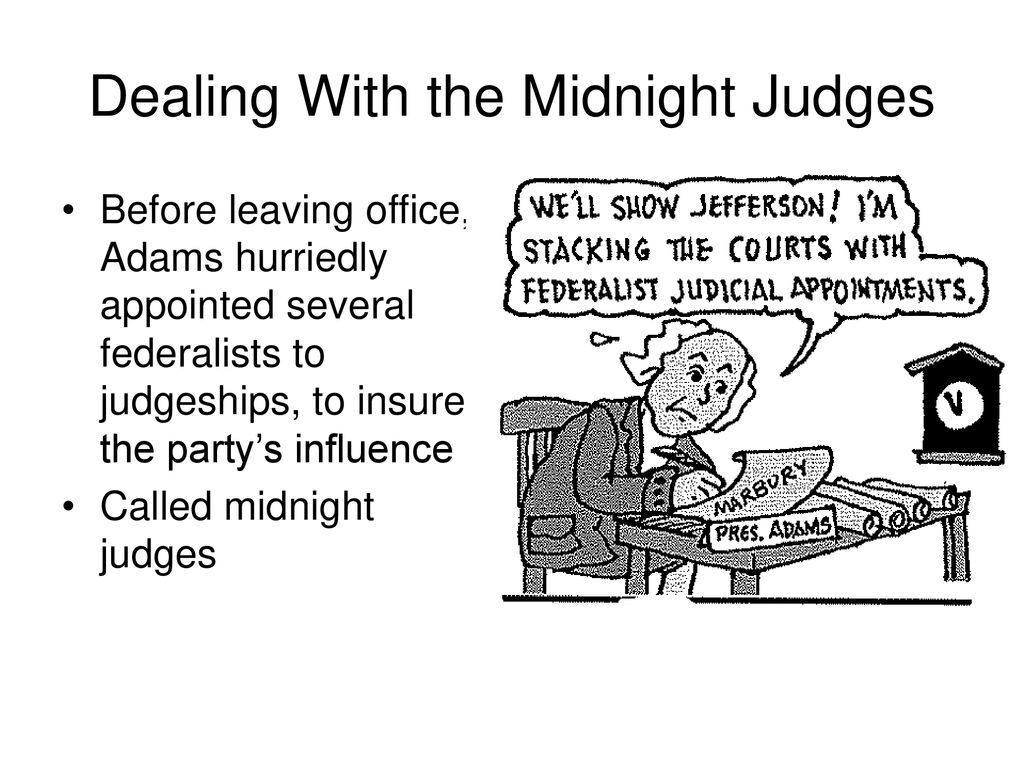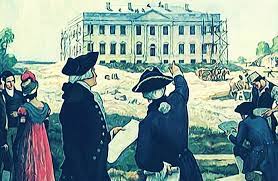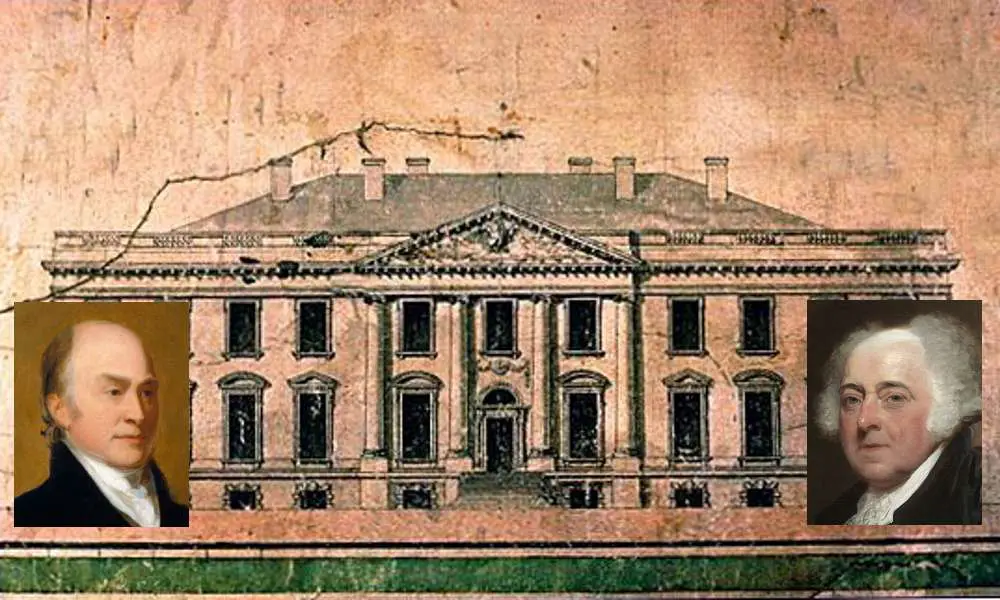John Adams |
Birth: 30 October 1735 |
| Died: 4 July 1826 | |
| Party: Federalist | |
| Presidency: 1797 ~ 1801 | |
| Vice President: Thomas Jefferson | |
| Nickname: Duke of Braintree |
● Alien and Sedition Act vs Kentucky and Virginia Resolutions
John Adams was a part of the Federalist party. John Adams signed the Alien and Sedition Act that included 4 major bills in 1798. The Alien Act granted power to the presidency during war while the Alien Enemies Act enabled to imprison or deport ‘dangerous foreigners. The Naturalization Act limited immigrants from American citizenship. The Sedition Act declared any attack or publication against the government illegal.

Thomas Jefferson and James Madison from the Democratic-Republican party responded to the Alien and Sedition Acts by drafting the Virginia and Kentucky Resolutions in 1798 and 1799. The Resolutions claimed that the Alien and Sedition Act was against the constitution thus, the act is invalid and null. The Resolutions were was recognized by the Virginia and Kentucky state which gave the name ‘Kentucky and Virginia Resolutions’.

Although many other states even officially rejected the resolutions, the Virginia and Kentucky Resolution established the practice of the right of states to refuse unconstitutional actions by the federal government. [1]
● The Midnight Appointments & Marbury vs Madison case
After Thomas Jefferson was elected as the 3rd president of the United States of America, the Federalist Congress created judgeships and John Adams appointed federalists to the judgeships to hinder Jefferson and the Democratic-Republican party’s legislation.

However, as the commissions of federalists judgeships was on the last minute of John Adam’s term of office, these commissions were called the ‘Midnight Appointments’. William Marbury who was a federalist leader in Maryland didn’t receive his commission before Thomas Jefferson officially became president.
James Madison who was commissioned as the secretary of state under Thomas Jefferson withheld William Marbury’s commission while Marbury petitioned the Supreme Court to restrain Madison’s action.


This case was called the Marbury vs Madison case. The Supreme Court declared the act of Congress unconstitutional which displayed how the judicial branch could restrain legislative branches and establish the doctrine of judicial review showing check and balance.
This case became on one of the most significant cases of the U.S. constitutional law. However, there were debates up to 2 centuries regarding the case.[2]
● Jay’s Treaty
The USA signed the ‘Jay’s Treaty’ by diplomat John Jay with Great Britain in 1794 which was effective on 1795. The British agreed to evacuate their Northwest territory in the US, while the British was compensated for some of the debts before the American revolution. Both countries also reached agreement on sea-river routes.

During the French Revolutionary Wars, every country was desperate of trades with the USA. The USA’s main doctrine was to remain neutral, however the French considered the Jay’s Treaty as breaking neutrality and started to seize American ships to Great Britain.
● Quasi-War with France
After the hundreds of French seizures on American ships to Great Britain, John Adams attempted to negotiate terms with the French. However, his diplomats failed in achieving an agreement as the French demanded a bribe. Federalists were already eager for war on the French, however John Adams insisted on avoiding any fight with France until the disputes between France was resolved..


However, John Adams did convince the congress to stop trade with France and receive help from the British to protect US shipping in 1798. Until 1800, the French and US frigates actually battled even though both countries were superficially neutral. Thus, such disputes were collectively named the ‘Quasi-War’. John Adams and the France government eventually settled their disputes granting the US’s neutrality and resume trades between both countries.
● Johnny Appleseed
The famous American folktale of Johnny Appleseed was based on an actual person named John Chapman. John Chapman was a businessman that sold apple seeds to pioneers.

The missionary nurseryman’s tales created the positive and cheerful myths of Johnny Appleseed who loved the nature, wilderness who was harmonious with the Native Americans. The tales of Johnny Appleseed’s nature and how he spread out apples throughout America is symbolic.
● Washington D.C. & the White House
Philadelphia was the temporary capital of the U.S. for ten years as construction and preparation of the White House in Washington D.C. was in progress. The construction and preparation of the White House finished in 1800. John Adams became the first president to move to the White House.


[1] Dow, Douglas C. “Virginia and Kentucky Resolutions of 1798.” Virginia and Kentucky Resolutions of 1798, https://www.mtsu.edu/first-amendment/article/877/virginia-and-kentucky-resolutions-of-1798.
[2] “Marbury v. Madison.” Encyclopædia Britannica, Encyclopædia Britannica, Inc., https://www.britannica.com/event/Marbury-v-Madison.
'International & History' 카테고리의 다른 글
| [USA] - 미국 3대 대통령 토마스 제퍼슨 - 파트 1 (0) | 2023.02.02 |
|---|---|
| [USA] - 3rd President of the USA Thomas Jefferson - Part 1 (0) | 2023.02.01 |
| [USA] - 미국 2대 대통령 존 애덤스 (0) | 2023.01.30 |
| [USA] - 미국 첫 번째 대통령 조지 워싱턴 (0) | 2023.01.27 |
| [USA] - 1st President of the USA George Washington (0) | 2023.01.27 |



